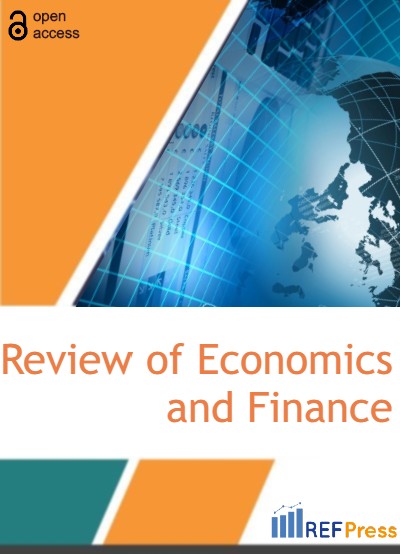
Decentralization, Transparency of Public Procurement and Corruption in MENA Countries
(Pages 160-175)Najah Souissi-Kachouri1,* and Meriem Guizani-Jelassi2
1University of Tunis El Manar, Faculty of Economics and Management of Tunis, Department Economics Campus Universitaire Farhat Hached, B.P. no 94 - ROMMANA, Tunis 1068.
2University of Tunis El Manar, Faculty of Economics and Management of Tunis, Department Economics.
DOI: https://doi.org/10.55365/1923.x2023.21.16
Abstract:
This paper aims to study the impact of decentralization on corruption in the MENA region during the period 2001-2019. We adopt the model of Fisman and Gatti (2002) and use two econometric methods: the instrumental variable method and the system GMM method. Firstly, we show that decentralization in these economies favors rent-seeking behavior and cannot be a mechanism to fight against corruption. This result is robust for these two estimation methods and different corruption and decentralization indicators. Secondly, we introduce the base model, an interactive variable that links the decentralization indicator to that of transparency in public procurement. Likewise, we estimate this model by using the instrumental variable method and the system GMM method. We show that a threshold level of transparency in public procurement is necessary for successful decentralization and the reduction of corruption in MENA countries. This result is robust for the two estimation methods and different corruption and decentralization indicators.
Keywords:
Corruption, Decentralization, Transparency in public procurement, Panel data, Instrumental variables method, System GMM method.
JEL Classification:
D73 H70 H57 C23 C26.
How to Cite:
Najah Souissi-Kachouri and Meriem Guizani-Jelassi. Decentralization, Transparency of Public Procurement and Corruption in MENA Countries. [ref]: vol.21.2023. available at: https://refpress.org/ref-vol21-a16/
Licensee REF Press This is an open access article licensed under the terms of the Creative Commons Attribution Non-Commercial License (http://creativecommons.org/licenses/by-nc/3.0/) which permits unrestricted, non-commercial use, distribution and reproduction in any medium, provided the work is properly cited.
